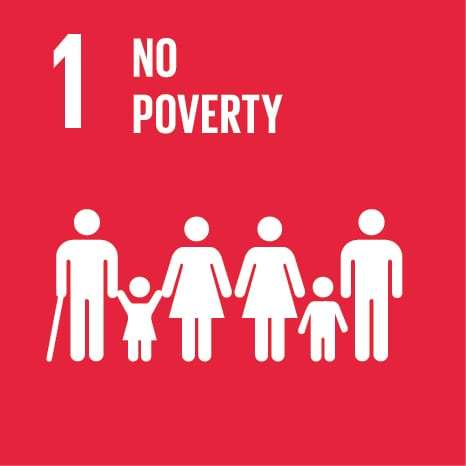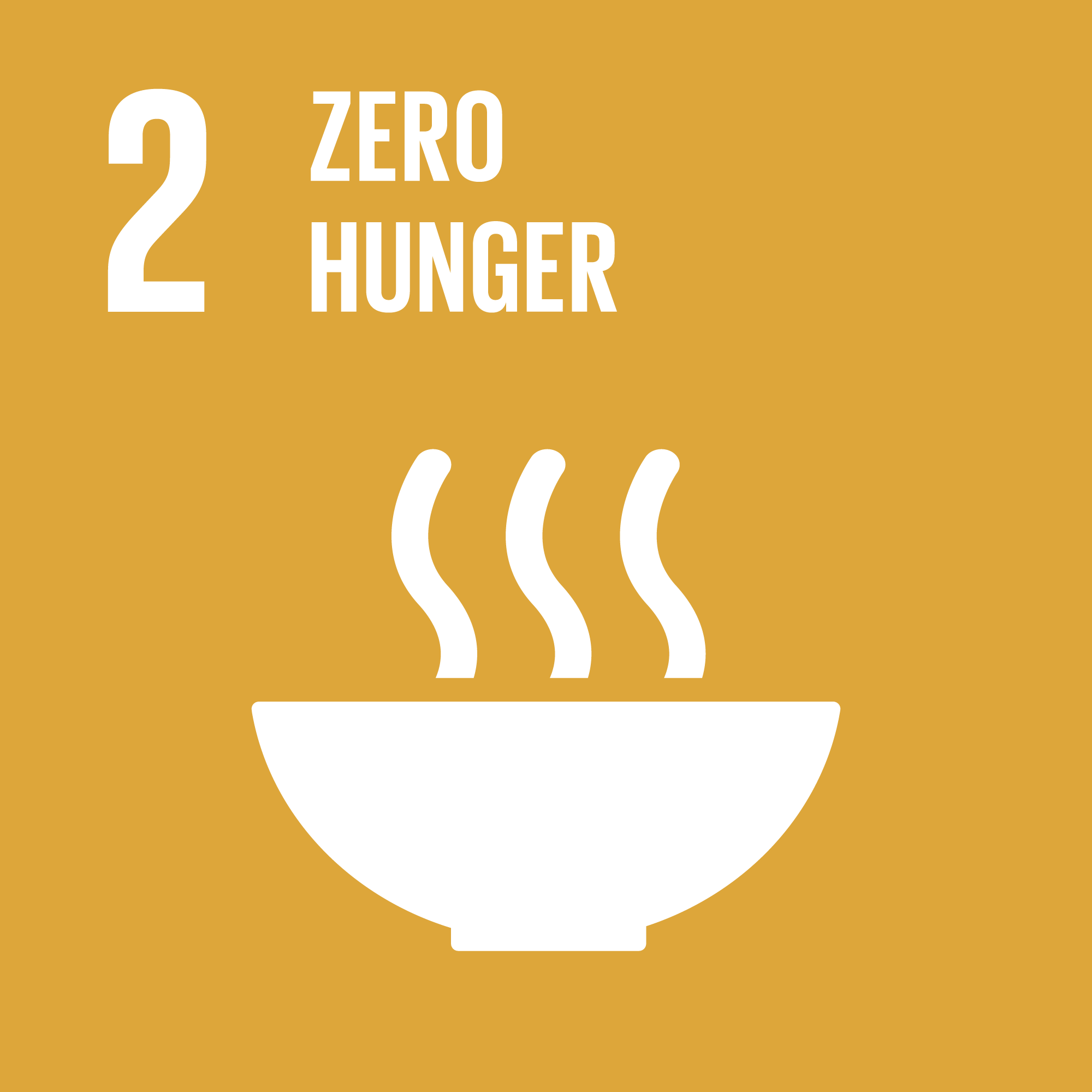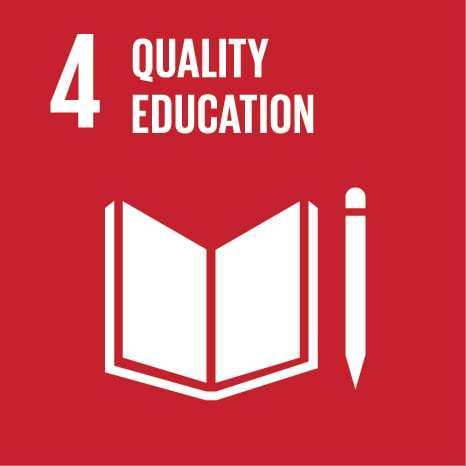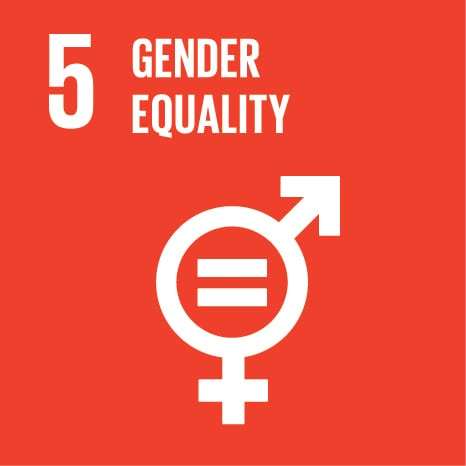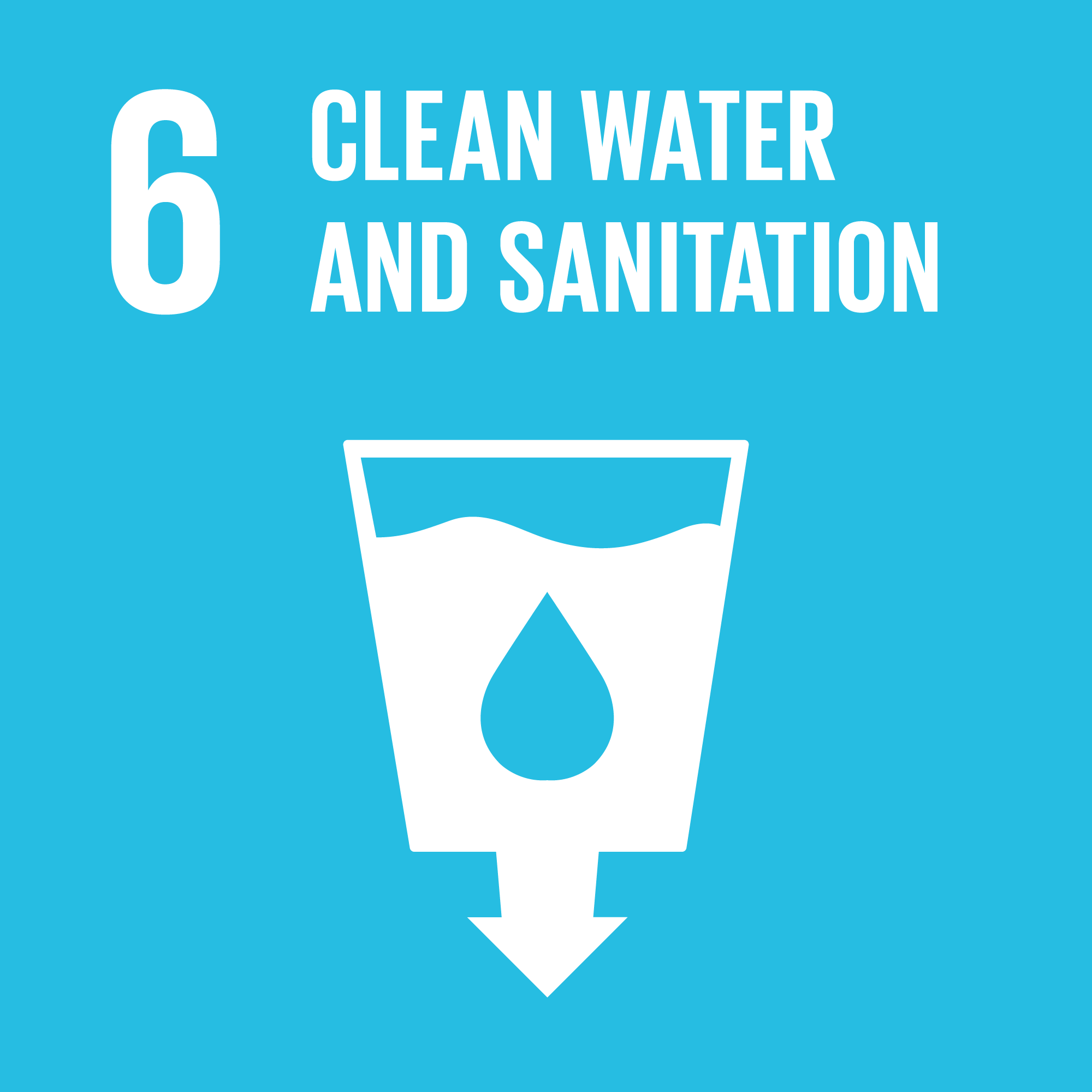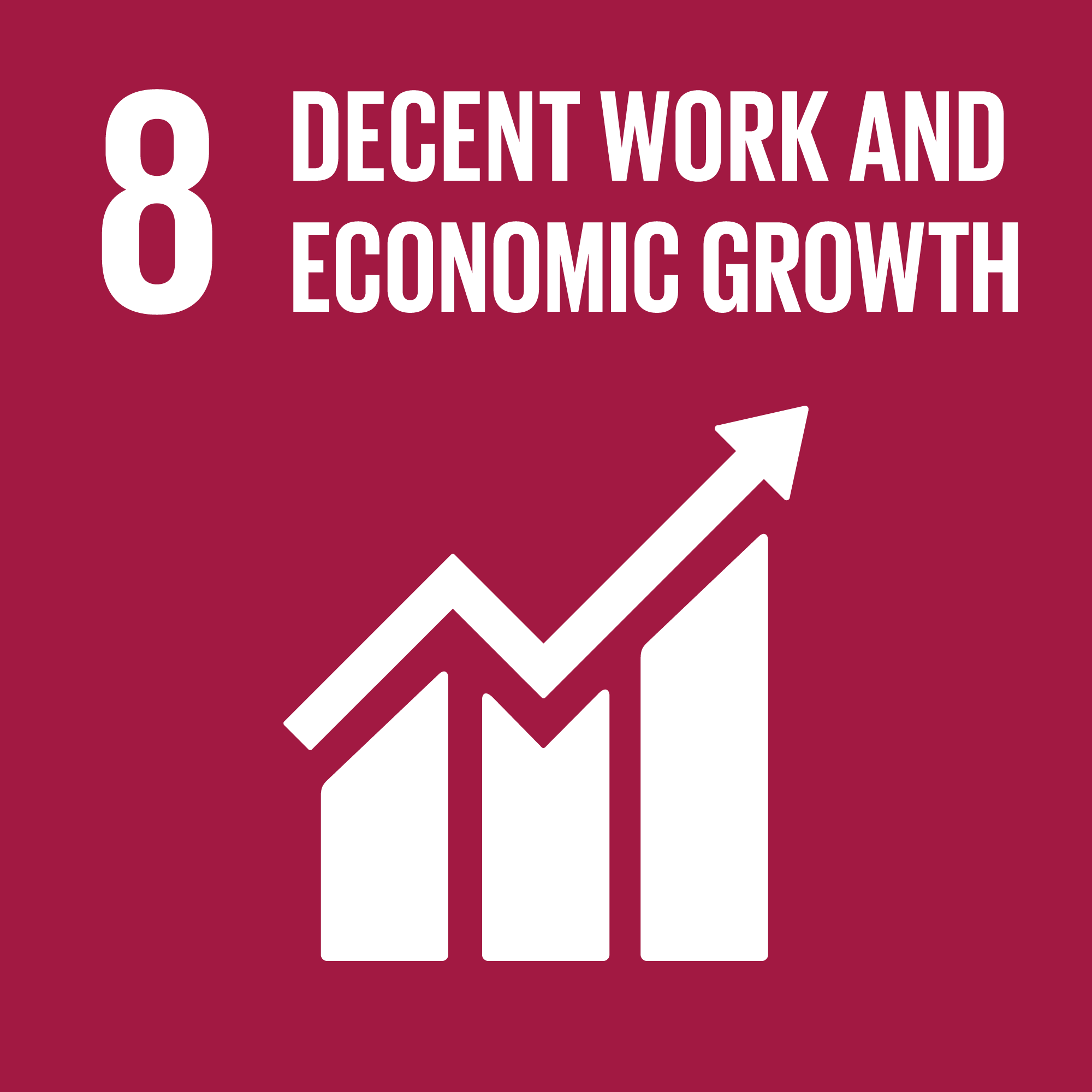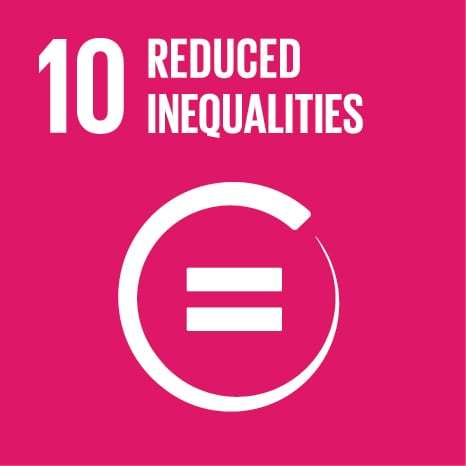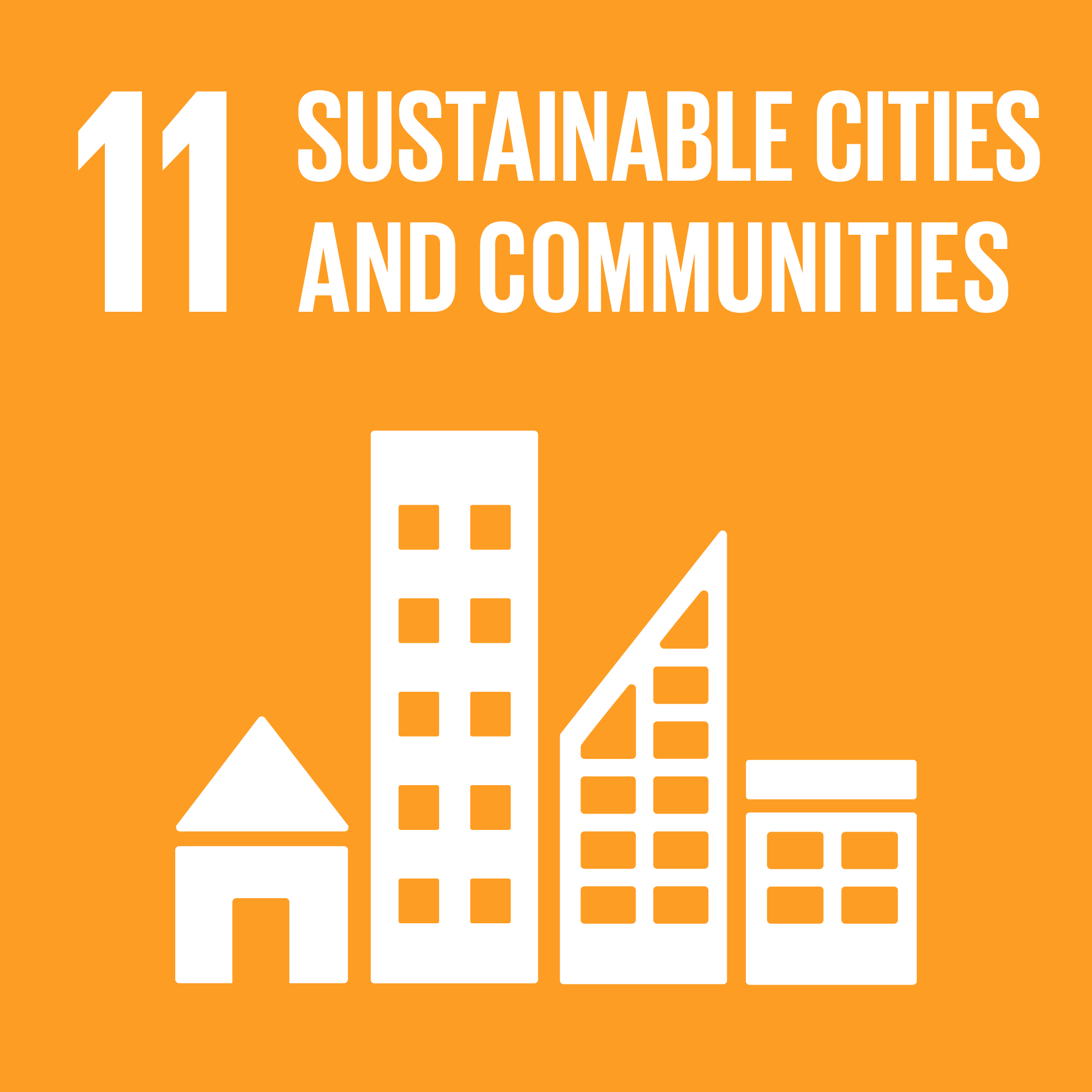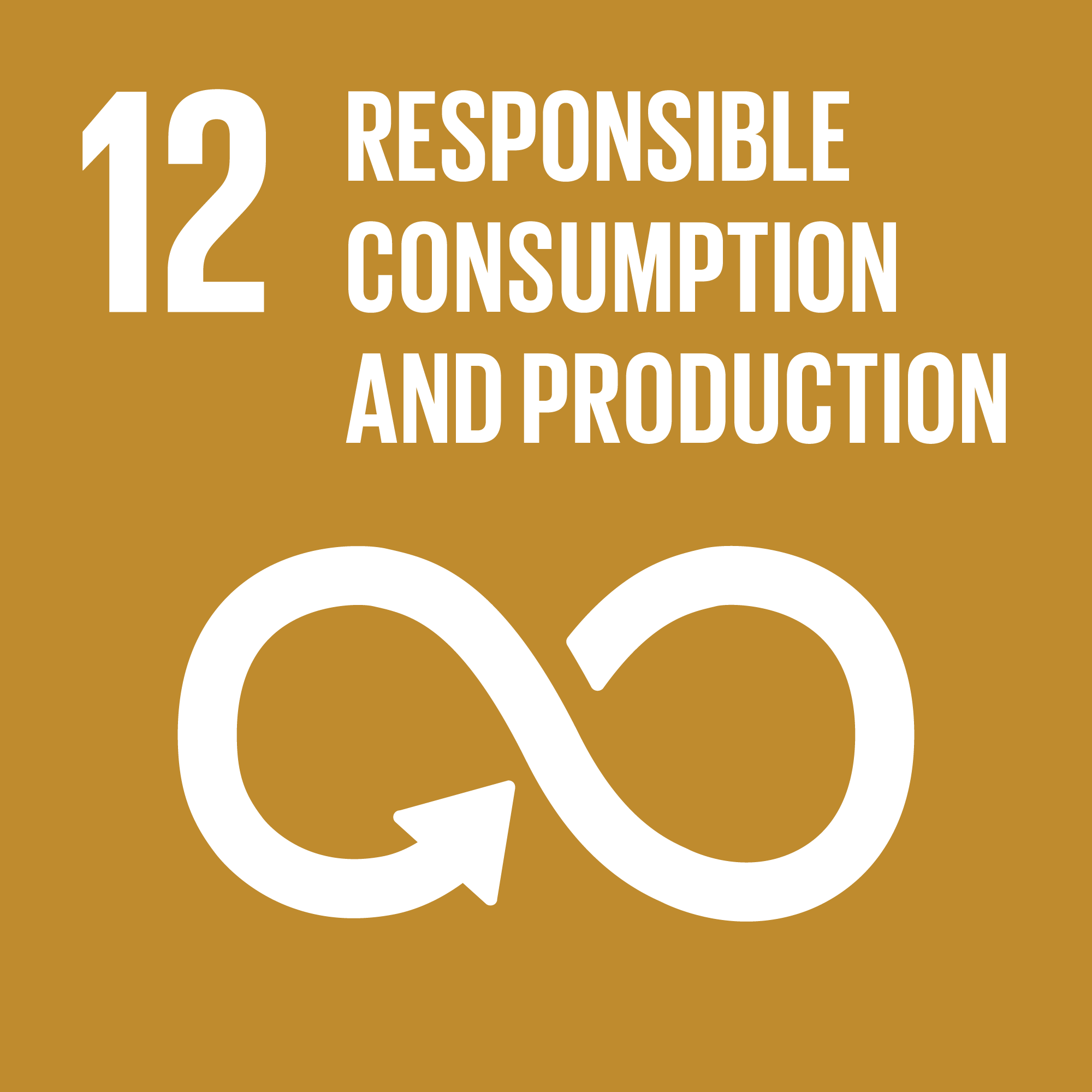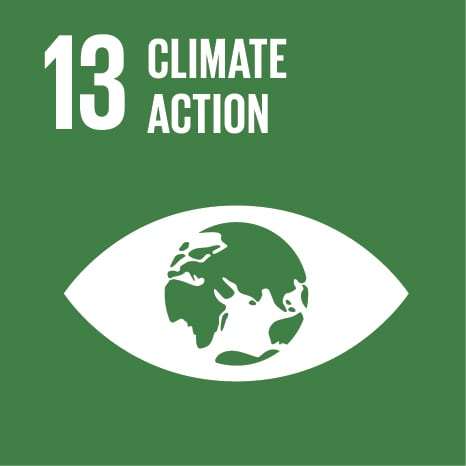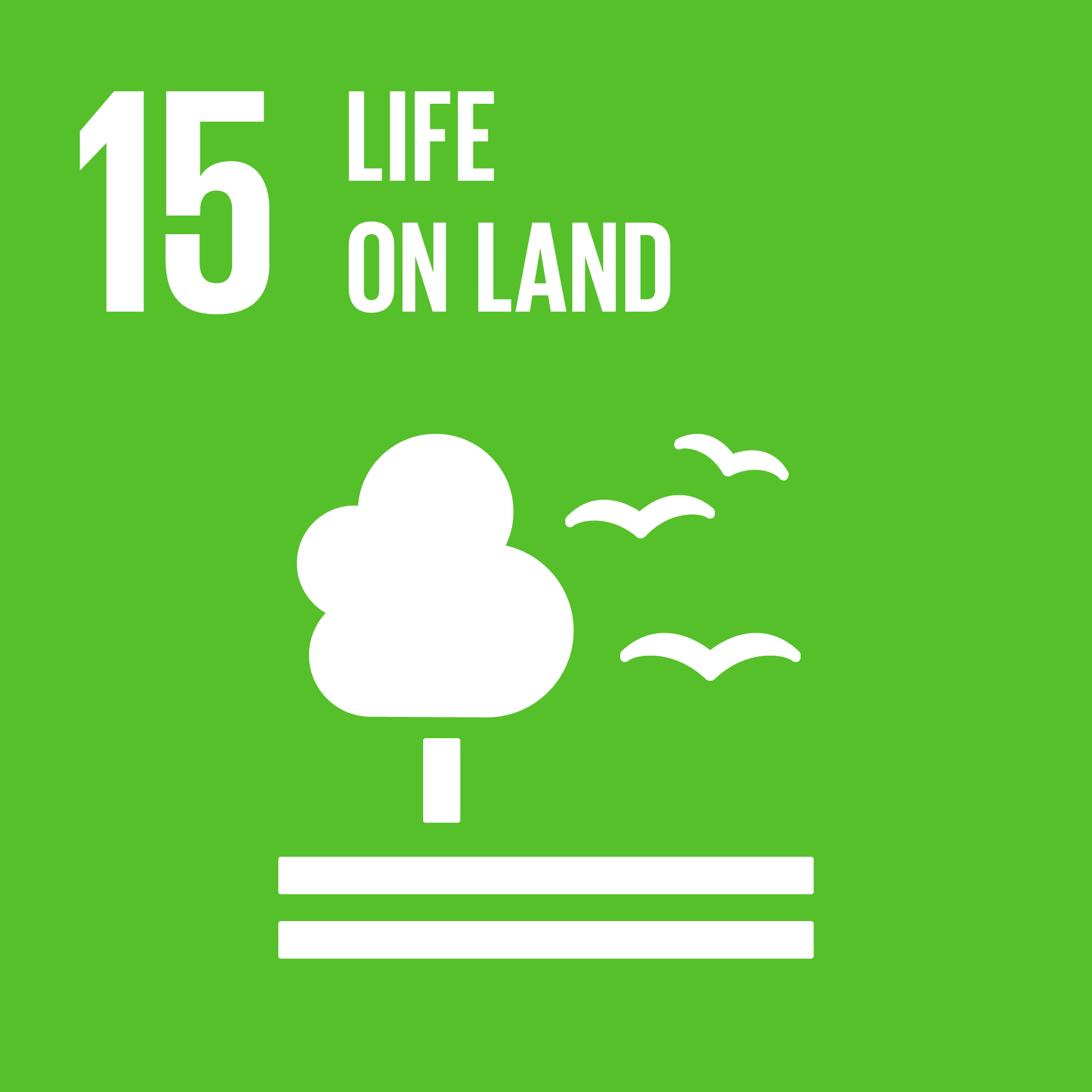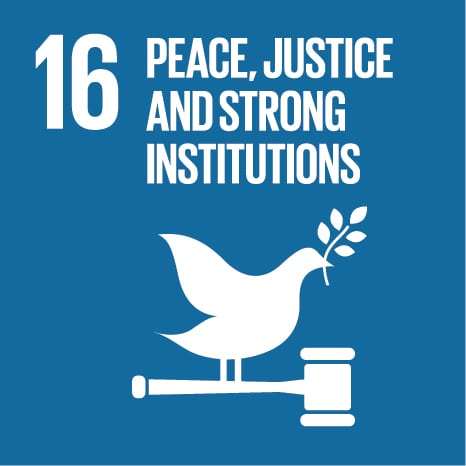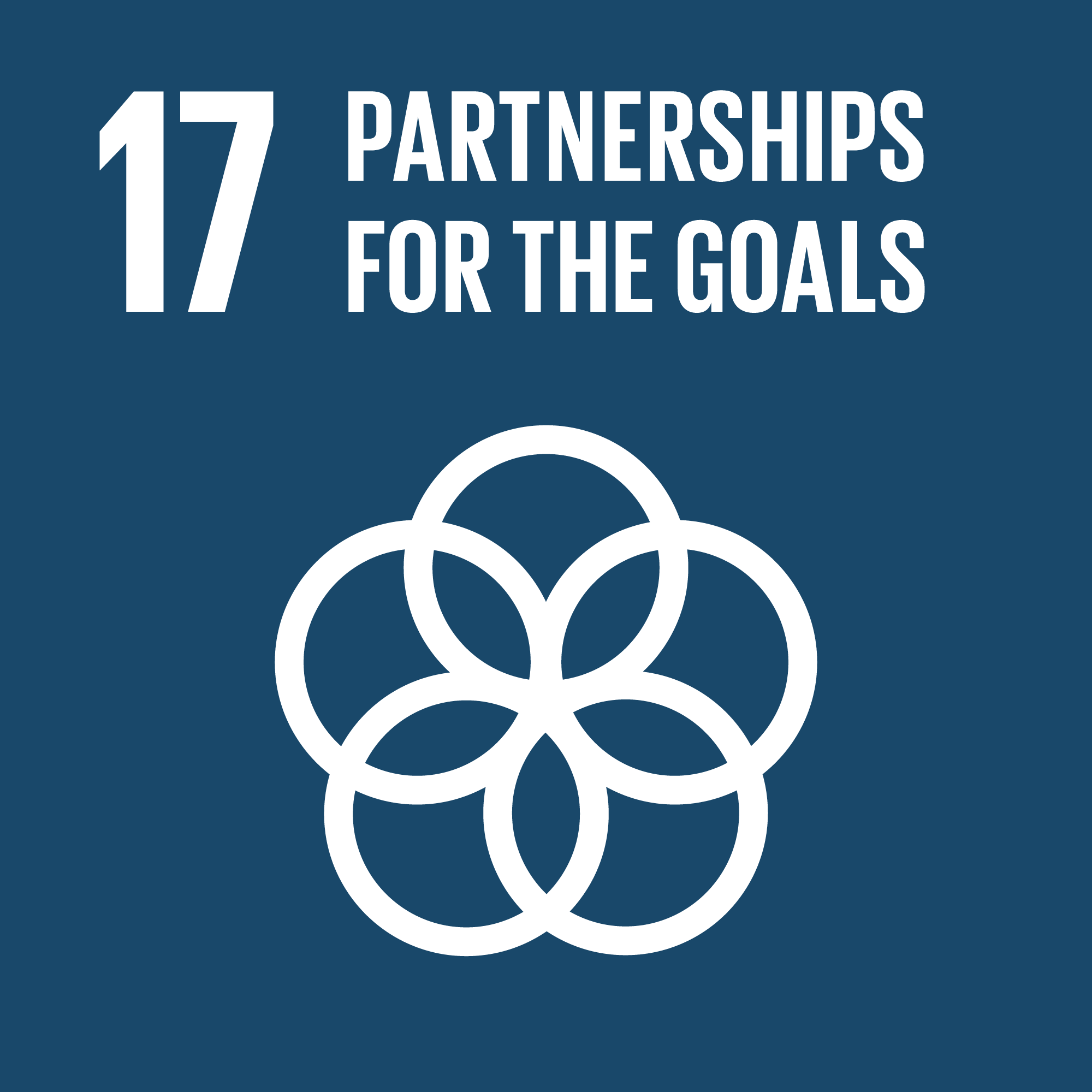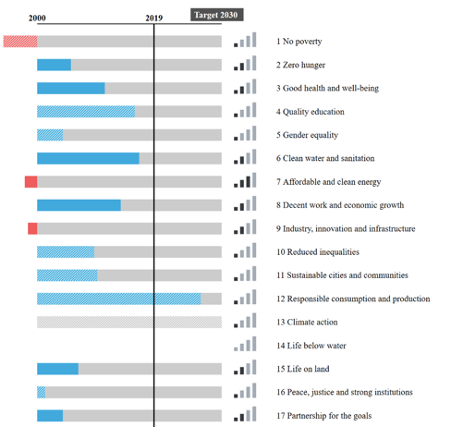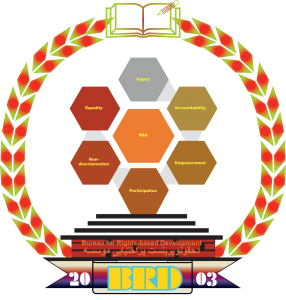On 1 January 2016, the 17 Sustainable Development Goals (SDGs) of the 2030 Agenda for Sustainable Development — adopted by world leaders in September 2015 at a historic UN Summit — officially came into force. Over the next fifteen years, with these new goals that universally apply to all, countries will mobilize efforts to end all forms of poverty, fight inequalities and tackle climate change, while ensuring that no one is left behind.The Ex-Government of Afghanistan has taken action to affirm its commitment to attaining the SDGs. Ex-GoA has designated the Ministry of Economy (MoEc) as the lead line ministry and focal point for the coordination, monitoring and reporting on Afghanistan Sustainable Development Goals (A-SDGs). The nationalisation and assessment process of SDGs on how best to achieve them, planning to periodically revise its plans as the situation evolves. The National Framework for the Implementation of the Afghanistan SDGs (A-SDGs) identified as relevant 12 goals, organized in three pillars in close coordination with the High Council of Ministers (HCM) to ensure the implementation of the A-SDGs, and stronger cooperation with the private sector, civil society and community organisations. The 3 pillars are outlined as bellow;
Security: Achieve nationwide stabilization, strengthen law enforcement, and improve personal security for every Afghan citizen
Governance, Rule of Law and Human Rights: Strengthen democratic processes and institutions, human rights, the rule of law, delivery of public services and government accountability
Economic and Social Development: Reduce poverty, ensure sustainable development through a private-sector-led market economy, improve human development indicators, and make significant progress towards the SDGs.
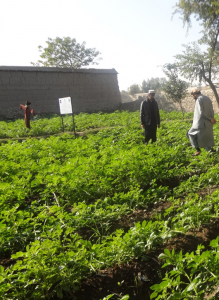 A-SDGs National Coordination Commission (NCC) has been established which will provide a high level platform for direct and sustained engagement between the various government stakeholders, the private sector actors, civil society organizations, NGOs, academia, youths and the international community, with the common purpose of attaining the A-SDGs.In July 2017 a Voluntary National Review at the High-Level Political Forum in July 2017 organized the SDGs in eight national sectors in line with the government’s national planning and budgeting, specifying 134 national targets associated with 189 indicators.In January 2019, a technical task team under the Ministry of Economy identified and prioritized the most relevant targets of the SDGs in order to develop a roadmap and implementation strategy for the Afghanistan SDGs (A-SDGs).The team reviewed approaches by different countries, adapted them using a multi-criteria analysis framework and working with 28 government agencies identified national priorities based on an assessment of the current situation, policy gaps and policy impacts, and potential trade-offs across the whole of the A-SDG agenda.The results were validated through discussions and reviews with the UN Country Team and the World Bank Country Office in Kabul.After the event of 15 August 2021 the fall of the government to the hands of Teleban, where all the systems are in the risk of collops, the progress on Afghan SDG has been reversed with uncertain future. Although active non state actors in Afghanistan, such as NGOs , Private Sector, UN Agencies will continues to work towar achieving the SDGs, but it might not be significant due to lack of the de-facto government leadership.
A-SDGs National Coordination Commission (NCC) has been established which will provide a high level platform for direct and sustained engagement between the various government stakeholders, the private sector actors, civil society organizations, NGOs, academia, youths and the international community, with the common purpose of attaining the A-SDGs.In July 2017 a Voluntary National Review at the High-Level Political Forum in July 2017 organized the SDGs in eight national sectors in line with the government’s national planning and budgeting, specifying 134 national targets associated with 189 indicators.In January 2019, a technical task team under the Ministry of Economy identified and prioritized the most relevant targets of the SDGs in order to develop a roadmap and implementation strategy for the Afghanistan SDGs (A-SDGs).The team reviewed approaches by different countries, adapted them using a multi-criteria analysis framework and working with 28 government agencies identified national priorities based on an assessment of the current situation, policy gaps and policy impacts, and potential trade-offs across the whole of the A-SDG agenda.The results were validated through discussions and reviews with the UN Country Team and the World Bank Country Office in Kabul.After the event of 15 August 2021 the fall of the government to the hands of Teleban, where all the systems are in the risk of collops, the progress on Afghan SDG has been reversed with uncertain future. Although active non state actors in Afghanistan, such as NGOs , Private Sector, UN Agencies will continues to work towar achieving the SDGs, but it might not be significant due to lack of the de-facto government leadership.


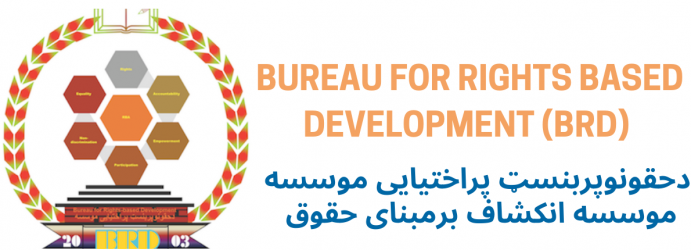

 A-SDGs National Coordination Commission (NCC) has been established which will provide a high level platform for direct and sustained engagement between the various government stakeholders, the private sector actors, civil society organizations, NGOs, academia, youths and the international community, with the common purpose of attaining the A-SDGs.
A-SDGs National Coordination Commission (NCC) has been established which will provide a high level platform for direct and sustained engagement between the various government stakeholders, the private sector actors, civil society organizations, NGOs, academia, youths and the international community, with the common purpose of attaining the A-SDGs.